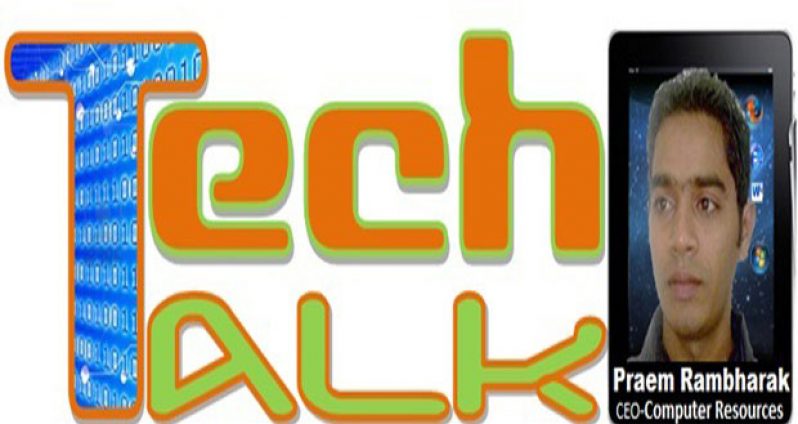The tech world has finally coalesced around a charging standard, after years of proprietary adapters and ugly wall power supplies. Well, sort of: We’re already seeing some fragmentation in terms of the new USB-C connector, which could eventually replace USB, as well as what is thankfully turning out to be a short-lived obsession Samsung had with larger USB Micro-B connectors for its Galaxy line. But aside from that, and with the obvious exception of Apple’s Lightning connector, micro USB has destroyed the industry’s penchant for custom ports.Ten years ago, you always had to make sure you had the correct power supply for each of your gadgets. Usually, that power supply wasn’t even labeled. Today, you can charge your phone at your friend’s house, plug your Kindle into any computer, and download photos from a digital camera directly to your TV, all thanks to a standardised connector. In its place, though, there’s a new problem: USB power. Not all USB chargers, connectors, and cables are born equal. You’ve probably noticed that some wall chargers are stronger than others. Sometimes, one USB socket on a laptop is seemingly more powerful than the other. On some desktop PCs, even when they’re turned off, you can charge your smartphone via a USB socket. It turns out there’s a method to all this – but first we have to explain how USB power actually works.
There are now four USB specifications — USB 1.0, 2.0, 3.0, and 3.1 — in addition to the new USB-C connector. We’ll focus on USB 3.0, as it’s the most common. The other important fact is that in any USB network, there is one host and one device. In almost every case, your PC is the host, and your smartphone, tablet, or camera is the device. Power always flows from the host to the device, but data can flow in both directions.
Okay, now the numbers. A USB socket has four pins, and a USB cable has four wires. The inside pins carry data (D+ and D-), and the outside pins provide a 5-volt power supply.
Can I blow up my USB device?
In short, no: You can plug any USB device into any USB cable and into any USB port, and nothing will blow up — and in fact, using a more powerful charger should speed up battery charging.
There are a few other things to be aware of. While PCs can have two kinds of USB port — standard downstream or charging downstream — OEMs haven’t always labeled them as such. As a result, you might have a device that charges from one port on your laptop, but not from the other. This is a trait of older computers, as there doesn’t seem to be a reason why standard downstream ports would be used, when high-amperage charging ports are available. Numerous vendors now put a small lightning icon above the proper charging port on laptops, and in some cases, those ports can even stay on when the lid is closed.
In a similar vein, some external devices hard drives and optical drives, most notably-require more power than a USB port can provide, which is why they include a two-USB-port Y-cable, or an external AC power adapter. Otherwise, USB has certainly made charging our gadgets and peripherals much easier than it ever has been. And if the new USB-C connector catches on – and it looks like it will – things will get even simpler, because you’ll never again have to curse after plugging it in the wrong way.
SEND TEXT 25 YEARS INTO THE FUTURE
Imagine getting a voicemail from your grandmother years after her death or, on your 18th birthday, a video of your dad rocking you to sleep as a baby.
It’s possible now, thanks to a new app that lets users send texts, photos, videos and voicemails up to 25 years into the future. The app, called Incubate: The Time-Delay Messenger, was launched this month. While there are some similar apps, this one is special because of its focus on social networking.
People have to download the free app in order to send or receive messages, and there’s also a way for parents to build up messages for their kids before they have a phone. There are already two hashtags people are using in relation to the app. Just google “incubate” and pave your way into the future!
FORD CARS SLOW WHEN THEY SEE SPEED-LIMIT SIGNS
Ford is to sell a car that can read road signs and adjust its speed accordingly to ensure the vehicle is not driving too fast.
The speed-limiting tech can be activated via the steering wheel and briefly overridden by pressing firmly on the accelerator. The car company suggests the facility will help drivers avoid fines and could reduce the number of accidents.
This would be part of an extension of the networks that will connect vehicles, allowing cars to warn those behind them if they are slowing down, which is all part of a move toward autonomous vehicles that drive themselves. Ford’s technology will become available to the public this August, when it launches the second generation of its S-Max cars in Europe.



.jpg)








